Luftwaffe Officer's Sword
SKU: 22.GOR.04.02.002
Estimated market value:
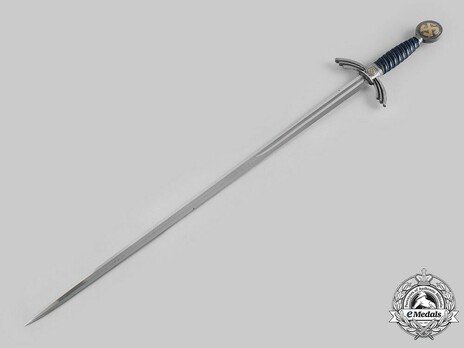
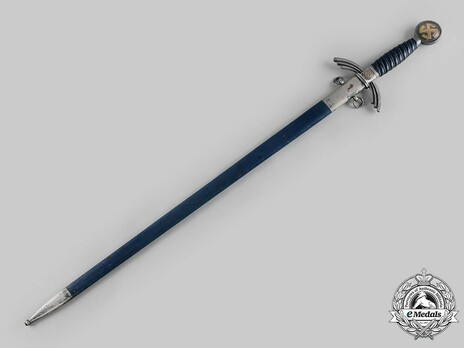
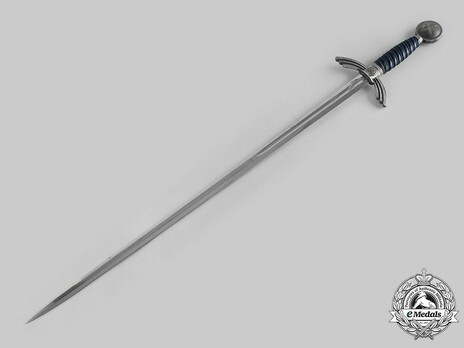
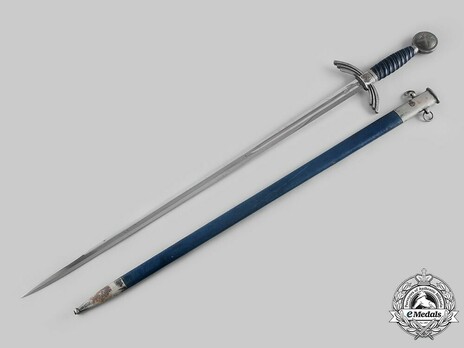
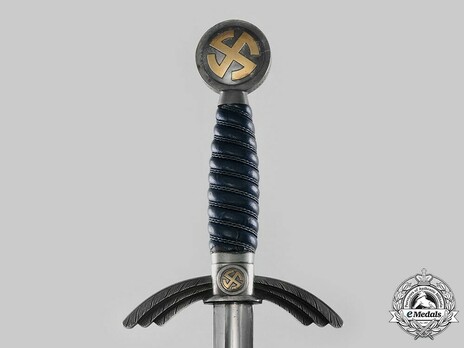
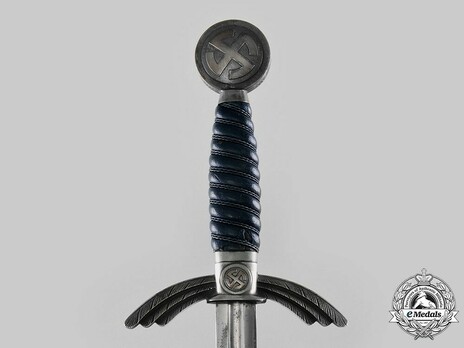
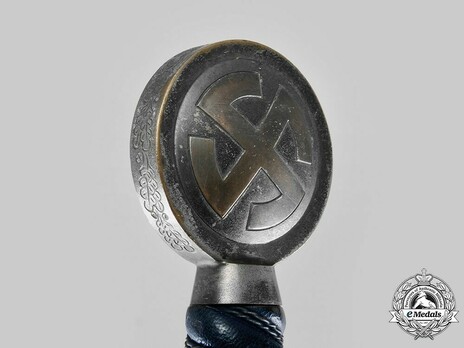
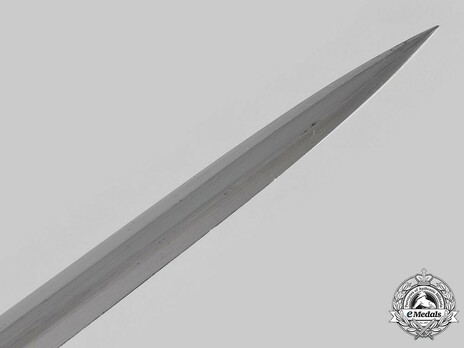
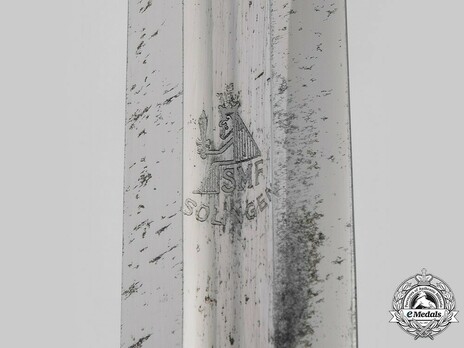
Estimated market value:
Attributes
History
The German Wehrmacht was composed of three main branches, the Heer (Army), the Kriegsmarine (Navy), and the Luftwaffe (Air Force). The Heer and the Kriegsmarine had a long history of edged weapons dating back to the late 19th century. Conversely, there were no edged weapons used by the Deutsche Luftstreitkräfte, the First World War German Air Force. Thus the edged weapons worn by Luftwaffe personnel were based upon the designs pioneered by the German Air Sports Association (DLV or Deutscher Luftsportverband) and the National Socialist Flyers Corps (NSFK or Nationalsozialistisches Fliegerkorps) in 1934/1935.
The first sword associated with the Luftwaffe was the Honour Sword (Ehrenschwert), which was introduced by Hermann Göring in 1934. This sword was originally issued to personnel of the Fliegerschaft who were specifically chosen by Göring. When the Luftwaffe was decreed an official state establishment in 1935, the Honour Sword was re-named the Officer’s Sword and made the Luftwaffe’s official sword.
The Officer’s Sword is also known as the Flyer’s Sword (Fliegerschwert).
The Officer’s Sword was issued to all ranks of Officers, Senior Non-Commissioned Officers, and Officials with the equivalent rank of Officer. This sword was also worn by Generals until they were given their own sword in 1935, the General's Sword (Fliegerdegen). The Officer's Sword ceased being issued in 1944.
Initially, the fittings and mounts on the sword were composed of German silver which was plated with nickel or silver. After the beginning of the Second World War, the fitting and mounts were generally composed of aluminum.
The pommel takes the form of a circular medallion with a gold-coloured sunwheel swastika on the obverse and reverse surfaces. The swastikas on early swords were composed of brass and gilded to attain the gold colour. The circumference of the medallion features hand-chiselled images of oak leaves and acorns.
The grip is made from a wooden base which is covered with a thin layer of blue Moroccan leather. The leather is decorated in a downward spiral design with twisted silver-coloured wire, which may be composed of German silver, silvered wire, or aluminum wire during the Second World War.
The crossguard has a rectangular centre section and two downward curving arms (quillons). The centre section features a circular medallion with a gold-coloured (brass) sunwheel swastika on the obverse and reverse. The crossguard arms have the appearance of stylized wings with three tiers of feathers on each wing.
The blade is composed of steel with a heavy nickel-plated finish. The blade is double-edged with a ricasso and a blue leather washer against the crossguard. There may be an additional acid etched design on both sides of the blade. The length of the blade was made to correspond with the height of the recipient, thus there are several general blade lengths, including 760mm, 880mm, 930mm, and 980mm.
The scabbard is made from an aluminum shell covered in blue Moroccan leather. There are two mounts on the scabbard, the top mount (locket) with two permanent attachment rings and suspension rings for the leather hanger, and the mount at the blade tip (chape).
The hanger is made with a base of brown leather that is covered with a thin layer of fine blue Moroccan leather. The leather hanger is sewn onto the scabbard’s suspension rings and has a box clip at the top of the hanger that facilitates its attachment to the wearer’s belt.
The manufacturer marks were acid etched onto the ricasso.
These swords should also feature the “Waffen-Amt” Luftwaffe inspector mark on the ricasso. This mark features a stick-figure eagle with the number “5” below the eagle or incorporated into its torso.

Versions
$1500 USD
Blade: 760mm; Sword in Scabbard: 925mm


Comments
Sign in to comment and reply.


Scroll Top